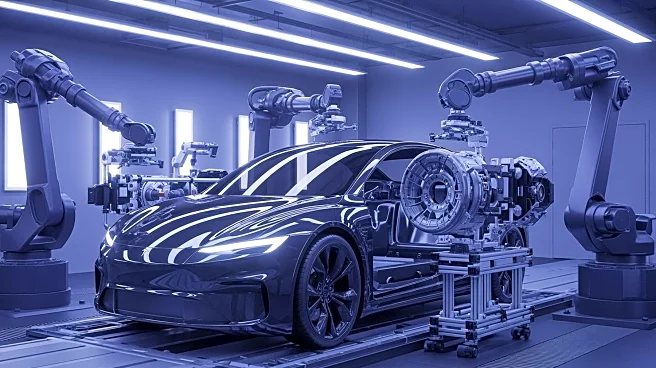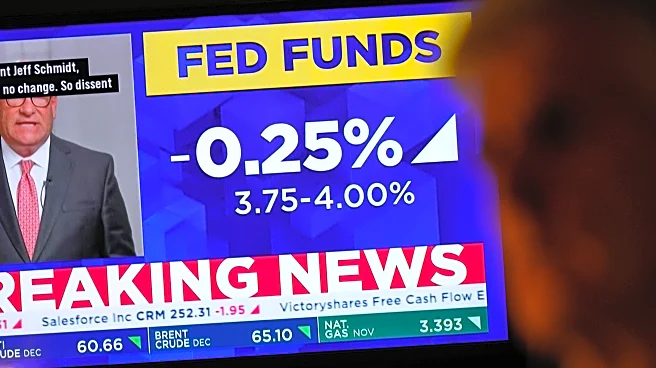What's Happening?
Hyperinflation is defined as a monthly inflation rate greater than 50 percent, leading to rapid price increases and economic instability. Historical examples include Germany after World War I and Hungary
after World War II, where hyperinflation was caused by rapid growth in the supply of paper money. This form of inflation acts as a taxation scheme, transferring wealth from the public to the government. Hyperinflations tend to be self-perpetuating, with governments increasing money supply to finance expenditures, leading to further inflation.
Why It's Important?
Hyperinflation can severely impact economic welfare, causing a reallocation of wealth and driving people away from monetary transactions towards barter systems. It can lead to social unrest and political changes, as seen in Germany where hyperinflation contributed to the rise of the Nazi party. Understanding the causes and effects of hyperinflation is crucial for policymakers to prevent such economic disasters.
What's Next?
To end hyperinflation, governments must make credible commitments to halt rapid money growth and balance budgets. Successful reforms often involve monetary and fiscal changes, as seen in Germany's introduction of the rentenmark and fiscal reforms in 1923. Policymakers must ensure that money growth falls to normal levels to prevent future hyperinflation.
Beyond the Headlines
Hyperinflation can lead to bizarre behaviors, such as using money as fuel or toys, and can cause significant social and political changes. It highlights the importance of stable monetary policies and the risks of excessive money printing.













